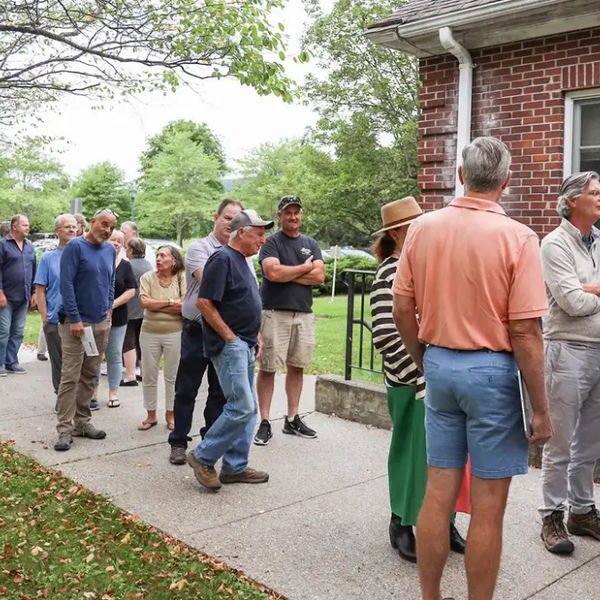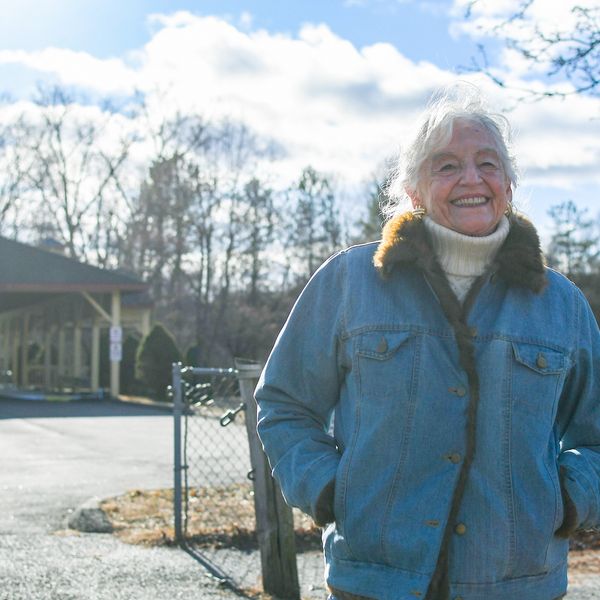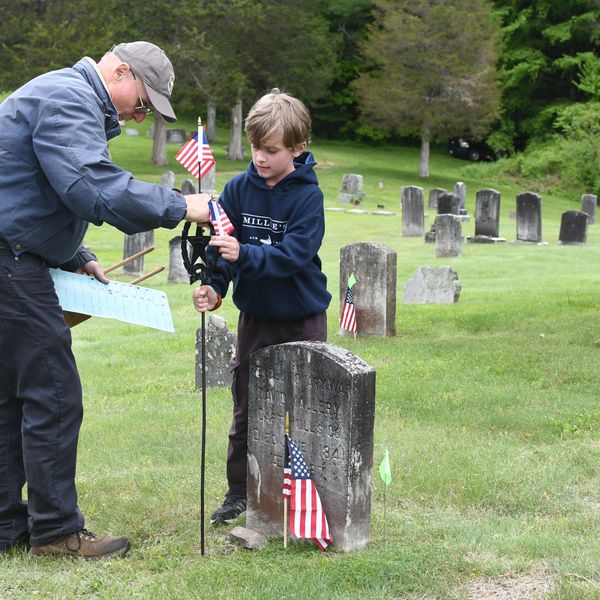Boards ready budgets for town vote
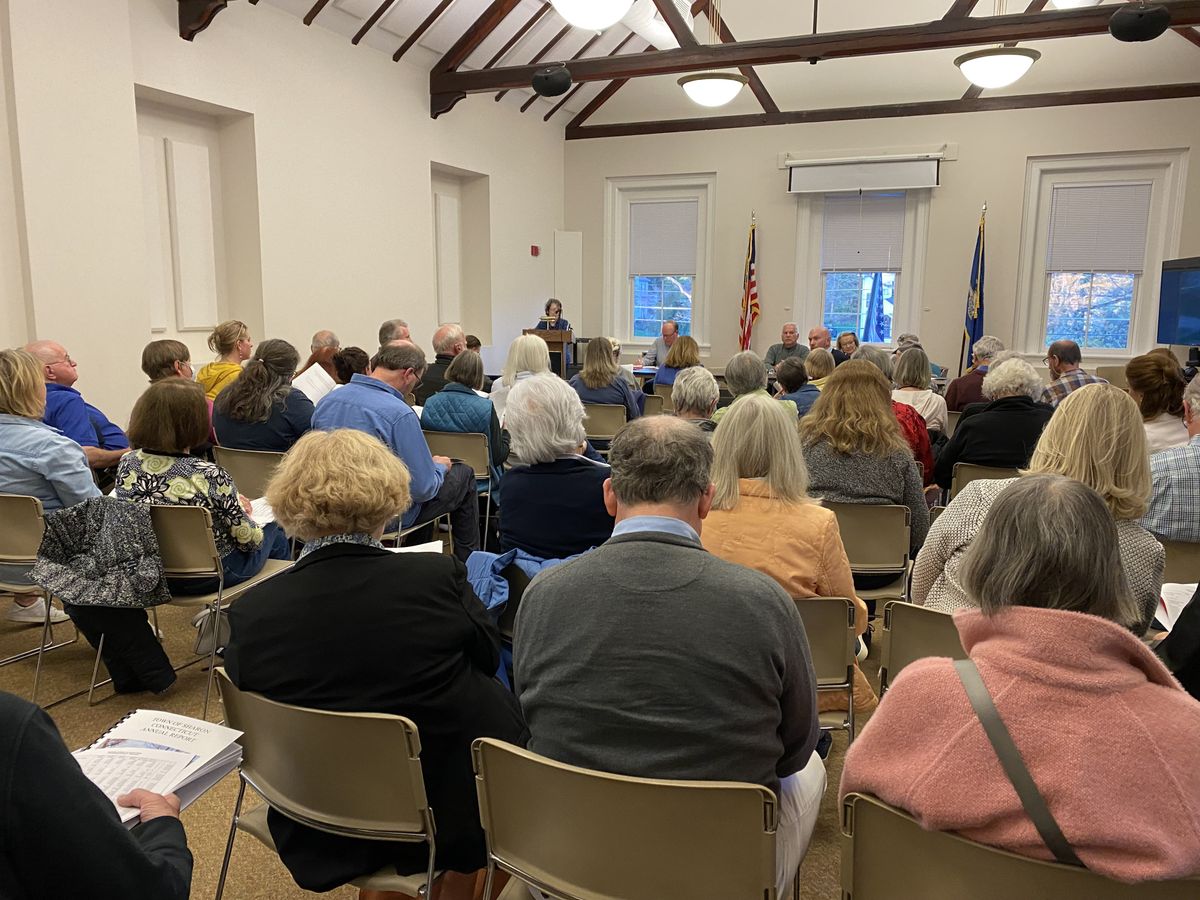
Residents filled the meeting room at the Sharon Town Hall on Friday, April 26, for the annual Board of Finance public hearing on the FY25 budgets proposed by the Board of Selectmen and the Board of Education.
Leila Hawken
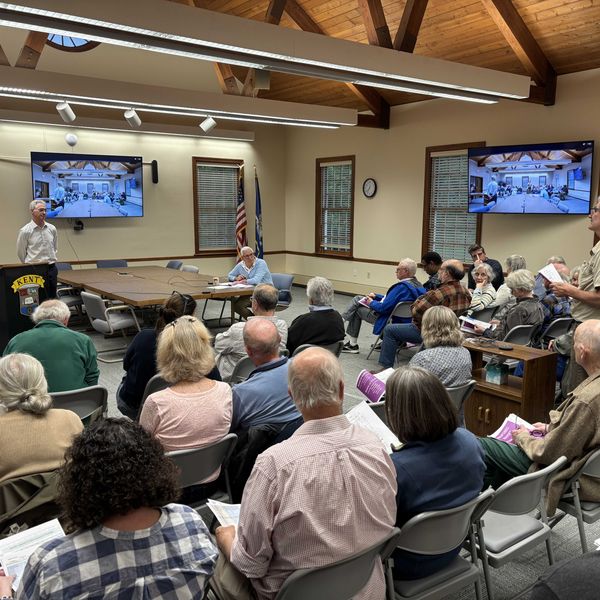

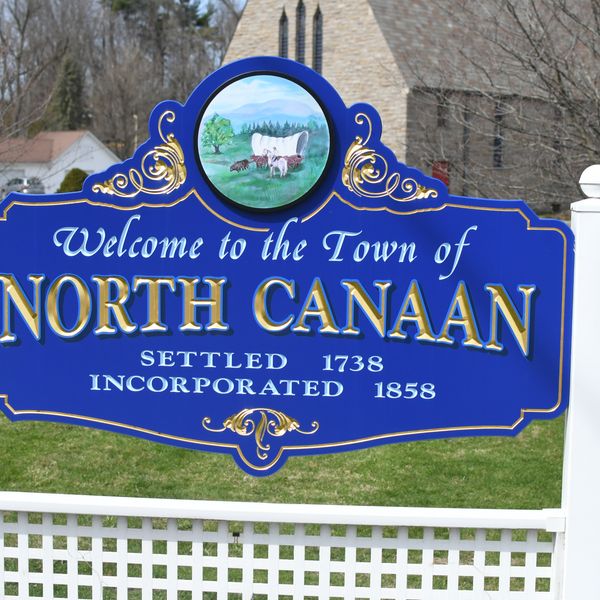
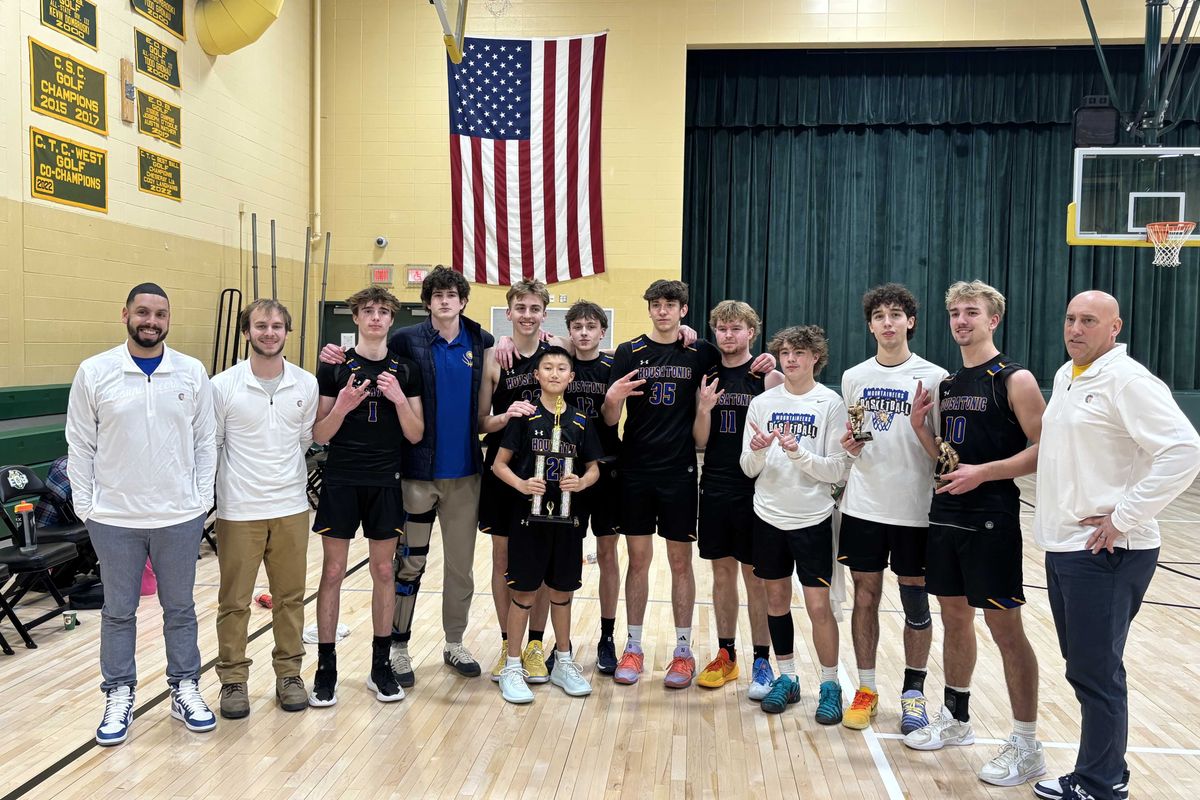
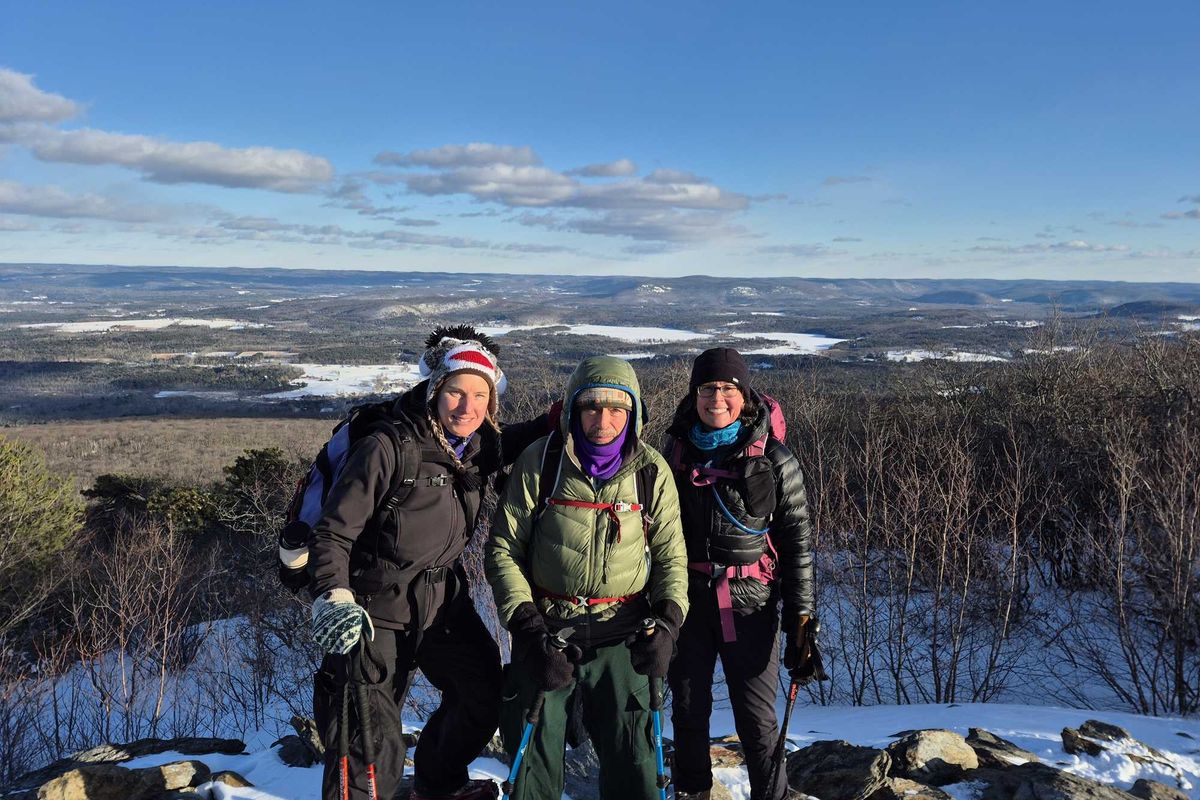
 Joel Blumert, right, followed by Trish Walter, of Collinsville, and Linda Huebner of Halifax, Vt., climb the ridge leading to the summit of Bear Mountain on New Year’s Day. Photo by Steve Barlow
Joel Blumert, right, followed by Trish Walter, of Collinsville, and Linda Huebner of Halifax, Vt., climb the ridge leading to the summit of Bear Mountain on New Year’s Day. Photo by Steve Barlow
 The Mountaineer cheer squad amps up team spirit in front of a pink-themed student section during rivalry night against Lakeview High School on Feb. 5. Photo by Riley Klein
The Mountaineer cheer squad amps up team spirit in front of a pink-themed student section during rivalry night against Lakeview High School on Feb. 5. Photo by Riley Klein  The baseball dugout had a good time heckling former Mountaineers during the HVRHS varsity vs. alumni baseball game in May.Photo by Riley Klein
The baseball dugout had a good time heckling former Mountaineers during the HVRHS varsity vs. alumni baseball game in May.Photo by Riley Klein The varsity lacrosse team poses with the runner-up trophy following the Western Connecticut Lacrosse Conference championship game against Watertown High School.Photo by Riley Klein
The varsity lacrosse team poses with the runner-up trophy following the Western Connecticut Lacrosse Conference championship game against Watertown High School.Photo by Riley Klein Anthony Labbadia set a new HVRHS record with a 44-foot one-inch triple jump June 14. The distance earned him 9th place at the New England track and field championship, which this year was held in New Britain, Conn. Photo by Riley Klein
Anthony Labbadia set a new HVRHS record with a 44-foot one-inch triple jump June 14. The distance earned him 9th place at the New England track and field championship, which this year was held in New Britain, Conn. Photo by Riley Klein  Georgie Clayton, left, celebrates with Ava Segalla after a goal in the 2025 season.Photo by Riley Klein
Georgie Clayton, left, celebrates with Ava Segalla after a goal in the 2025 season.Photo by Riley Klein Captain Gustavo Portillo celebrates with his teammates after a goal in soccer.Photo by Riley Klein
Captain Gustavo Portillo celebrates with his teammates after a goal in soccer.Photo by Riley Klein Gilbert/Northwestern/Housatonic football captain Wes Allyn, left, and QB Trevor Campbell after the end of the 2025 season.Photo by Riley Klein
Gilbert/Northwestern/Housatonic football captain Wes Allyn, left, and QB Trevor Campbell after the end of the 2025 season.Photo by Riley Klein Housatonic Valley Regional High School’s girls basketball team. From left, Autumn McKone, Olivia Simonds, Keely Malone, Selena Black, Hayden Bachman, Olivia Brooks, Maddy Johnson, Victoria Brooks, Carmela Egan, Aubrey Funk, Grace Graney and Noell Laurry. (Not pictured: Mya Weed) Riley Klein
Housatonic Valley Regional High School’s girls basketball team. From left, Autumn McKone, Olivia Simonds, Keely Malone, Selena Black, Hayden Bachman, Olivia Brooks, Maddy Johnson, Victoria Brooks, Carmela Egan, Aubrey Funk, Grace Graney and Noell Laurry. (Not pictured: Mya Weed) Riley Klein 
 Sharon’s Mudge Pond spans more than 200 acres. Alec Linden
Sharon’s Mudge Pond spans more than 200 acres. Alec Linden  Citizen scientists look skyward for Audubon’s Christmas Bird Count Photo: Cheri Johnson/Sharon Audubon Center.
Citizen scientists look skyward for Audubon’s Christmas Bird Count Photo: Cheri Johnson/Sharon Audubon Center. 